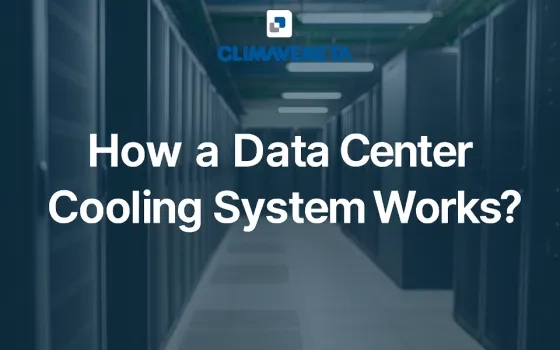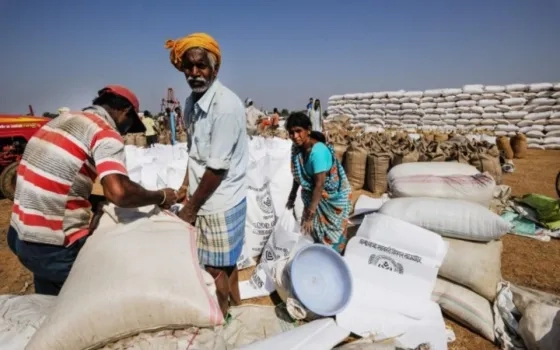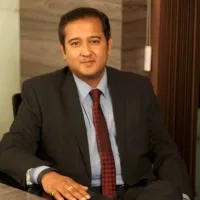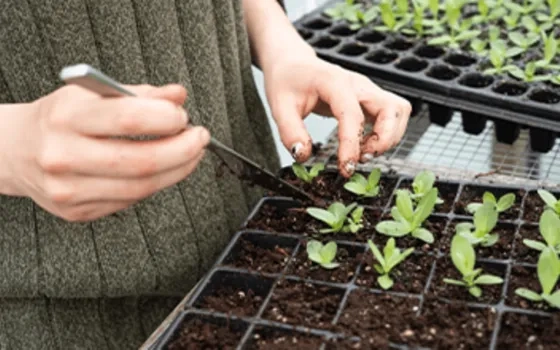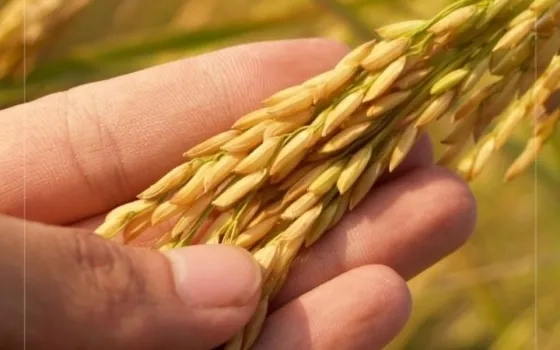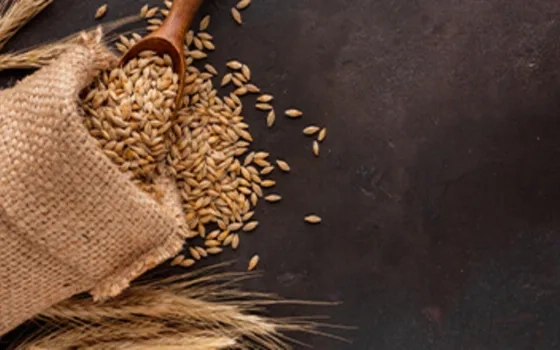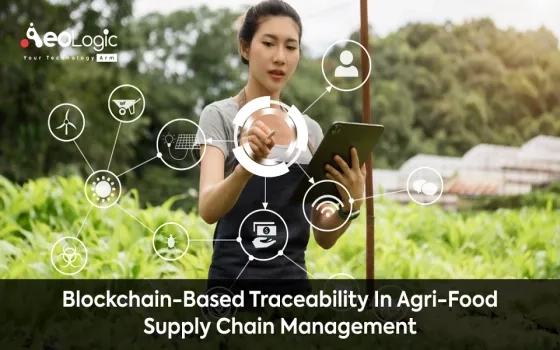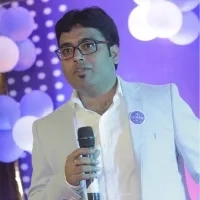 Satsure is an agri analytics company that combines and analyses data from satellites, drones and IOT devices was well as socio-economic datasets. Their solution is applicable in various sectors, such as, agriculture, insurance, forestry. Here Om Routray from NASSCOM is in conversation with Amardeep Sibia, CEO, SatSure to understand their journey and scope of agritech in India.
Satsure is an agri analytics company that combines and analyses data from satellites, drones and IOT devices was well as socio-economic datasets. Their solution is applicable in various sectors, such as, agriculture, insurance, forestry. Here Om Routray from NASSCOM is in conversation with Amardeep Sibia, CEO, SatSure to understand their journey and scope of agritech in India.
1. Amardeep, tell us about Satsure. How exactly are you using satellite imagery and big data? Can you give us a specific example so that the readers can understand it better?
SatSure is a large area analytics company based in Bangalore, Dubai, London and St. Gallen. At SatSure we leverage advances in satellites, machine learning and big data analytics to provide answers to large area questions across multiple domains.
Space industry has been undergoing a revolution with a large number of Earth Observation satellites being launched. Their numbers are growing and the cost of satellite data is falling. These satellites can image the earth very quickly and at very low cost. A single satellite image can cover an area as big as 290 Km x 290 Km. For example the entire state of Maharashtra can be covered by approx. 10 images. This can be done repeatedly every week and now in some instances every day.
One of the major applications of satellites is monitoring agriculture. Satellites can very quickly easily provide answers to critically important questions in agriculture across large areas like a state or a district:
- What crop is growing
- Where it is growing
- How much is growing
- When did planting occur
- How well is the crop growing?
- What will be the yield of the crop
- Impact of weather and the relative performance of the crops across the district / state
- Advance estimate of the production of the crop a month before actual harvest
- What is the level of irrigation / water stress in the crop
- How is harvest progressing
For agriculture to succeed, farmers need access to finance for buying agricultural inputs like seeds, fertilizers, pesticides, etc. They need insurance protection when crops fail and they should be able to get good prices for their produce. In India, over 100 million farmers do not have access to institutional finance and approximately 25% farmers have insurance. This lack of access to finance and insurance is due to lack of data on risk management.
As historical satellite data is available for many prior seasons and sometime goes as far back as a few decades, comparison of agriculture output across seasons can be easily done. This enables risk profiling of farms. We layer satellite data with weather data, economic data and other data sets for build the risk profiles.
Use of Big Data and machine learning techniques is integral to building such profiles. A single satellite image can be as large as 8 GB. So historical data for a single district will run into terabytes and petabytes for the country. Our platform is capable of combining of large volumes of satellite imagery with weather, IoT, drone imagery, social and economic datasets, and cadastral amongst others to generate near real time location specific insights. While we have a major focus on agriculture, we also provide solutions to forestry, insurance, irrigation, cities, environment and oil & gas.
2. How do you respond to the question that every agritech startup has faced sometime or the other. ‘’How can your solution help the small farmers?” Do you think that’s a fair question given that every solution may not be suited for a small sized farm?
“How do you help the small farmer?” we are asked this question a number of times every week and it is an important question especially in the Indian or the developing world context.
There is an assumption that all Agri Tech solutions fall in the B2C category. This is not universally true. In our case we are a B2B and a B2G company. We indirectly help small farmers through our business and government clients.
We provide solutions to the aggregators of the agriculture value chain like banks, insurance companies, input companies, commodity traders, etc. By enabling such aggregators become more efficient, we certainly help small farmers just not directly. The farmers will feel the impact of our solutions, they may just not be aware of it.
Some examples
- By enabling banks and insurance companies get a better understanding of crop risk, we help make access to finance and insurance easier and cheaper.
- By providing timely, location specific supply side intelligence on expected market arrivals of specific crops to commodity traders we enable better price realisation for farmers
- By providing timely, location specific demand side intelligence on the health and growth stage of crops to agri market places, agri input companies, agri advisory services and farm mechanisation providers, we engender greater competition and hence help reduce input costs for farmers
3. At a recent meet up, you would remember someone talking about IOT devices being used at ground level to come up with similar data as your satellite driven platform. It is not an either or scenario but how do you see these technologies emerging? How big a role would affordability play in adoption?
Affordability and durability are a major hurdle in deploying IOT in farms. Satellites can leverage economies of scale and provide weekly data on a number of crop parameters like health, predicted yield, harvest readiness of the crop with 10 m x 10 m granularity across an entire district for under Rs 1 / acre / day. Therefore the price advantage of satellite data is phenomenal for crop monitoring.
IOT certainly has a major contribution and an inherent advantage in farm automation where IOT will enable data driven interventions like irrigation controllers, embedded intelligence in fertiliser / pesticide dispensers, tractors, green houses, cold storages, grain silos, etc. We believe satellite data and IOT devices will operate in a complementary integrated manner with satellite data helping guide interventions by IOT enabled systems.
4. How has the journey been for Satsure so far? Who are your biggest clients and/or partners?
The company was founded in late 2015. The founders of the company are group of young energetic space engineers who worked at ISRO. The founders felt that there was an opportunity for building a company that focussed solely on bringing the benefit of space technology to farmers in India and the developing world. The focus of the company has been to use space technology to address issues of financial inclusion and food security.
The SatSure team comprises of space scientists, agronomists, financial technology experts, serial entrepreneurs and has expertise in earth observation, agriculture modelling, analytics, machine learning and big data. SatSure has partnerships across satellite operators, academic institutions, technology vendors and agriculture specialists. The combination of SatSure’s expertise and partnerships enables SatSure to provide unique solutions to problems across complex domains like agriculture.
SatSure has been winning awards for its Agri Tech products. SatSure was a Top 3 award winner at the Global AgTech Pitch organized by the Government of AP and Bill & Melinda Gates Foundation in Vizag on Nov 17, 2017. We were selected among the 20 Most Promising InsureTech companies of 2017 by CIOReview magazine. SatSure is the first Indian company to receive an honorable mention at the Better Satellite World Awards from Space & Satellite Professionals International, UK.
Our current business is distribution is 80% agriculture and 20% on infrastructure. Over the next couple of years, we see infrastructure growing to around 40% of the business. We are actively growing the global customer base to target customers in the geographies outside India. In agriculture our target customers are Agri Finance Companies, Agri Input Companies , Farm Mechanization, Food Processing Companies, Commodity Traders, and Aid Agencies
5. What sort of change would you like to see in the agri ecosystem?
The Agri ecosystem is ripe for business model innovation. There are two changes that I think are extremely important
- Farmer Aggregation Mechanisms. The holding sizes in India are becoming smaller and smaller. This makes it difficult for farmers to make investments in deploying new innovations. This also makes it difficult for AgTech innovators to acquire customers as the customer acquisition cost becomes very high and the paying capacity of the farmer becomes small.
Let’s take the example of irrigation automation. As water resources become scarce, irrigation automation becomes critical. Small farm sizes make cost of irrigation automation systems prohibitively expensive for small farms. If, formal legal & commercial mechanisms exist for neighboring farmers to collectively and easily procure / lease and deploy shared systems, they would be able to benefit from economies of scale. This would help speed up AgTech innovation as volume deployments would happen faster leading to greater affordability.
- Asset Light Farming Business Models. The scale of capital requirement for agriculture is so large and the demands on efficiency so great that it requires asset light models similar to how airline work for large scale deployments of new technologies to work. In an airline, the aircraft are leased and operated by the airline and the passengers pay the airline a fee for providing transport. Agriculture requires similar asset light business model. Returning to irrigation, if an automated irrigation service provider has access to funds, he can deploy leased irrigation systems at scale, where the farmer pays back from the output of the farm. Also the automated irrigation service provider could deploy larger scale systems that cover a large number of farmers in a village. And the irrigation service provider to take insurance against risk of farm yield falling.
There are many other such asset light use cases that can be discussed.
It goes without saying that government support via policy and legislation are key for the above to be viable.
6. Any advice for other agritech startups?
There are three massive opportunities waiting for Indian AgriTech startups to exploit.
- Opportunity to be extremely innovative : AgriTech startups can use advances across a large number of domains biology, chemistry, computing, communications, mechanization, finance, energy, weather, etc to create very innovative solutions
- Opportunity to have a worldwide impact : Solutions created for problems in India can be easily scaled and deployed worldwide at price points that can be extremely hard to beat.
- Opportunity for mega commercial success : The scale of agriculture is so large and the starting point in some cases so low that there are opportunities to be ultra successful.
To exploit these opportunities AgriTech startups should focus on the complete innovation equation Innovation = Invention x Commercialization. Lots of time AgriTech startups focus on the Invention portion of the innovation equation and do not pay as much attention to the Commercialization or Business Model portion of it. It is inevitably the commercialization or the business model portion that determines success or failure of the startup.
I firmly believe Indian AgriTech startups will come up with highly innovative business models that will fundamentally change the face of agriculture across the globe.
To read other interviews in the series, follow ?





 Satsure is an agri analytics company that combines and analyses data from satellites, drones and IOT devices was well as socio-economic datasets. Their solution is applicable in various sectors, such as, agriculture, insurance, forestry. Here
Satsure is an agri analytics company that combines and analyses data from satellites, drones and IOT devices was well as socio-economic datasets. Their solution is applicable in various sectors, such as, agriculture, insurance, forestry. Here 





